PLATiNO Minisatellite Platform
EO
Atmosphere
Aerosols
Aerosol optical depth (column/profile)
Quick facts
Overview
| Mission type | EO |
| Agency | ASI, SITAEL |
| Mission status | Planned |
| Measurement domain | Atmosphere, Land, Snow & Ice |
| Measurement category | Aerosols, Multi-purpose imagery (land), Surface temperature (land), Vegetation, Sea ice cover, edge and thickness, Inland Waters |
| Measurement detailed | Aerosol optical depth (column/profile), Land surface imagery, Vegetation type, Vegetation Cover, Land surface temperature, Glacier cover, Lake Surface Temperature, Surface Water Extent, Glacier Area |
| Instruments | PLATiNO TIR, PLT SAR, MAIA |
| Instrument type | Imaging multi-spectral radiometers (vis/IR), Imaging microwave radars |
| CEOS EO Handbook | See PLATiNO Minisatellite Platform summary |
PLATiNO
Spacecraft Development Status References
Overview
Developed by SITAEL and its partners Thales Alenia Space Italia, Leonardo and Airbus under the ASI program, the PLATiNO Minisatellite Platform is characterized by state-of-art bus performances and is designed explicitly with multi-purpose/multi-payload features. PLATiNO is developed with a design-to-cost approach, granting the product the capability to compete on the global market, both institutional and private. 1)
SITAEL S.p.A. of Bari, Italy, belongs to the holding Angel (formerly Angelo Investments), a worldwide leading Transportation and Aerospace Group composed by synergetic high-tech companies with more than 1000 highly skilled employees. 2)
SITAEL is a leading contractor and preferred partner for many stakeholders in several International space projects, thanks to its skilled staff and years of proven experience. This extensive heritage in a wide range of solutions has been enriched through the years by a long term and strong worldwide collaboration with Space Agencies and Industries.
Spacecraft
The PLATiNO Minisatellite Platform is characterized by state-of-art bus performances, high payload embarking capability, modular structure (P/L and P/F modules, easing MAIT activities), designed explicitly with multi-purpose features. PLATiNO is an all-electric platform, equipped with SITAEL low power Hall effect electric propulsion subsystem (enhanced orbit control/manoeuvering capabilities), characterized by high power availability on-board (large deployable solar arrays and high battery capacity) and high performance AOCS (fine pointing with star tracker and high agility by torque/momentum actuators). PLATiNO Platform, with its flexibility and multi-purpose features, is suitable for a wide series of space missions.
The platform presents a high level of reconfigurability and scalability, e.g. multiple solar array configurations (body mounted/deployable/steerable), structural modular approach, compatibility with optional equipments to be utilized on the basis of the mission requirements, multipurpose payload interface design. Moreover, PLATiNO’s high performances are guaranteed by some key mission enabling technologies, including a low power electric propulsion system based on SITAEL’s HT100, and a state-of-the-art and integrated avionics subsystem with mini-CMGs (Control Moment Gyroscopes).
The Avionics Subsystem has been designed to integrate the OBDH (On Board Data Handling) and the AOCS (Attitude and Orbit Control System) functions. The core of the avionics subsystem is the IPAC (Integrated Processing, Data-handling and AOCS Controller), provided by Thales Alenia Space.The IPAC architecture is based on different scalable modules (RTU included) and is based on a multicore processor SPARC LEON4x4 (Gaisler) and the XTRATUM Hypervisor software. The AOCS is based on high pointing accuracy sensors, up to three star tracker optical head (IPAC software is able to provide the data-fusion of the three sensors) high torque capability actuators (Mini-Control Moment Gyro, provided by Thales Alenia Space), with the feature of a gyro-less architecture. The Telecom configuration foresees a PLIU to provide the power-digital I/F with the P/L and Reaction Wheels instead of the Mini-CMGs (Control Moment Gyros).
Spacecraft Parameters
• Payload mass: up to 90 kg
• Payload power: 200 W average, 1 kW peak
• Payload allowable volume: 800 x 800 x 1000 mm3
• Typical minisatellite launch mass: 200 kg
• Platform design life: up to 5 years.
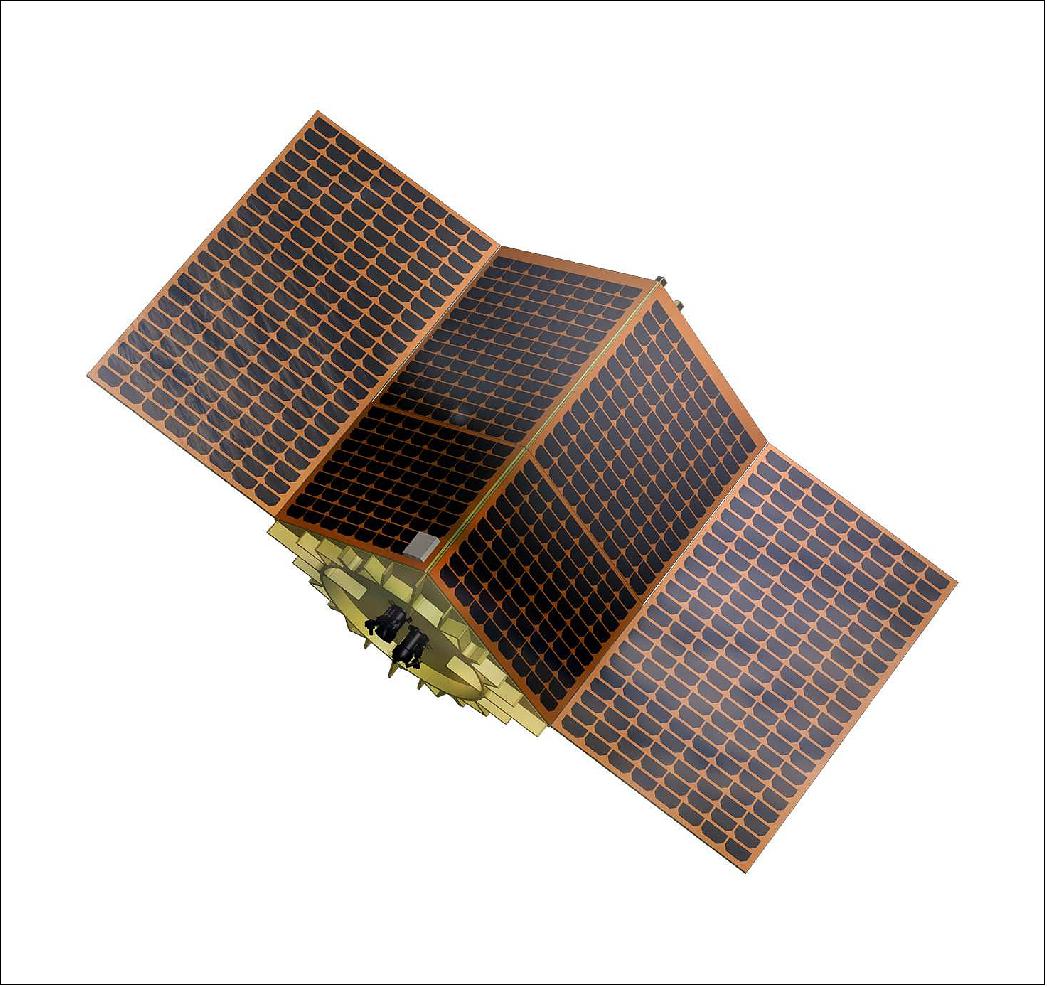
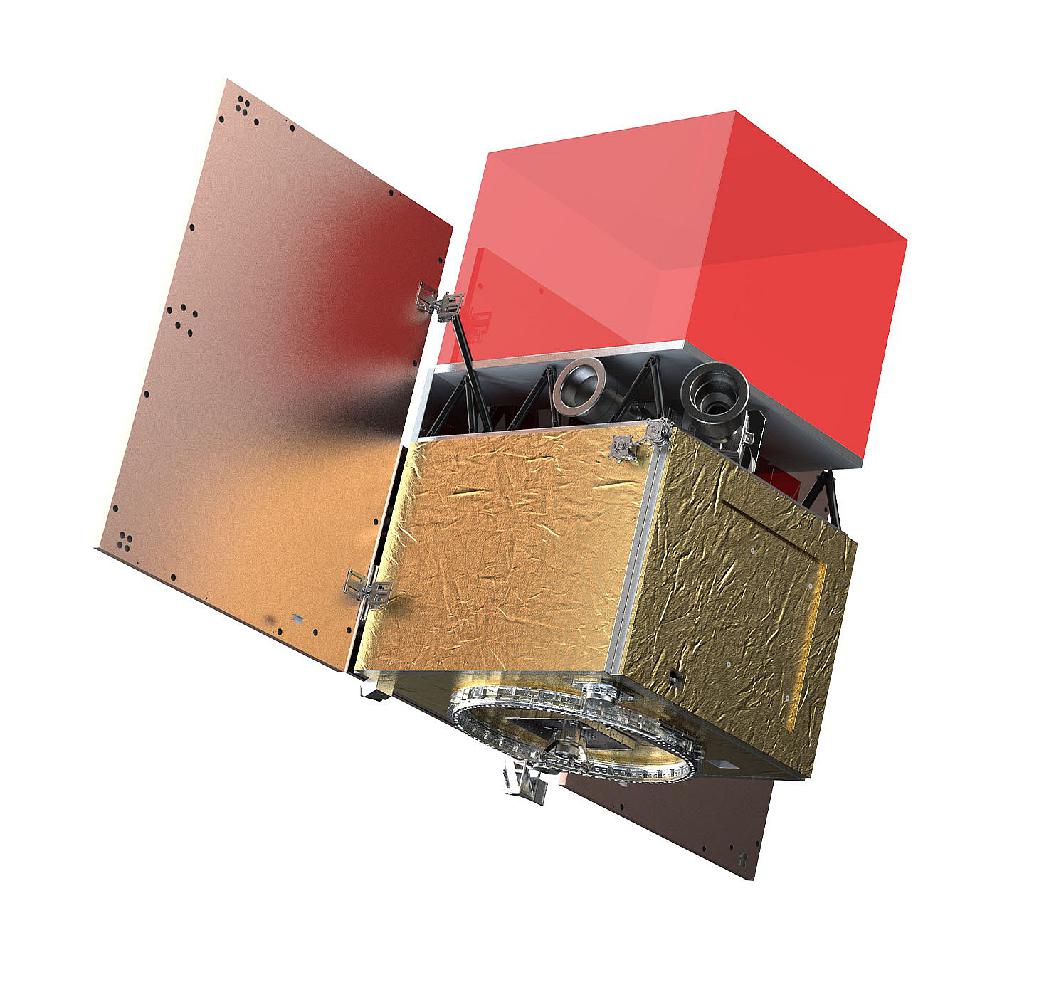
PLATiNO-1
PLATiNO-1 mission validates the PLATiNO platform embarking a Micro-SAR payload from Thales Alenia Space Italia. The mission envisages a first phase at 619 km operating in passive mode and a second phase at 410 km operating in active mode: the orbit transfer is performed making use of SITAEL HT100 Electric Thruster and validates the platform orbit maneuvering capabilities. Thanks to the extremely high power PLATiNO platform is able to provide, PLATiNO-1 can guarantee a scan time per orbit nowadays unmatched in the Micro-SAR sector.3)
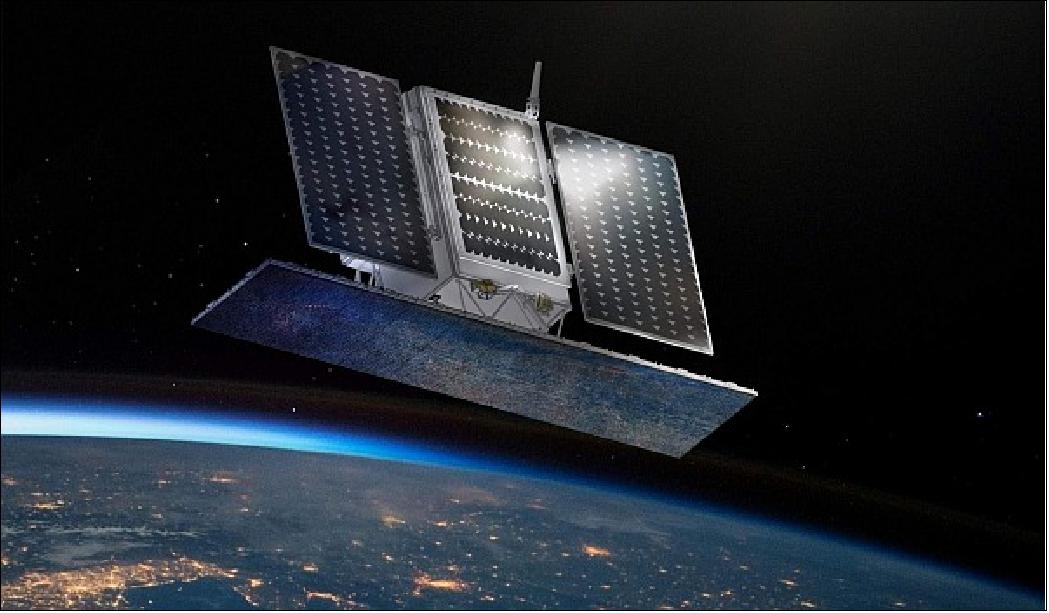
PLATiNO-2
The PLATiNO-2 mission envisages the development of the second satellite based on the PLATiNO platform and embarks a Thermal Infrared (TIR) payload, validating PLATiNO multi-applicability feature. Developed by Leonardo and SITAEL, PLATiNO-2 TIR will acquire images that will be used to provide valuable services for territories control and protection such as monitoring waters, glaciers, pollutants, state of crops and vegetation, energy consumption in urban areas. PLATiNO-2 is also equipped with the magnetically shielded HT 100, an improved version of SITAEL electric thruster, making PLATiNO-2 one of the first missions in the world to observe the Earth in the Thermal Infrared from a very low orbit – less than 400 km – and thus significantly improving the resolution of the acquired images.
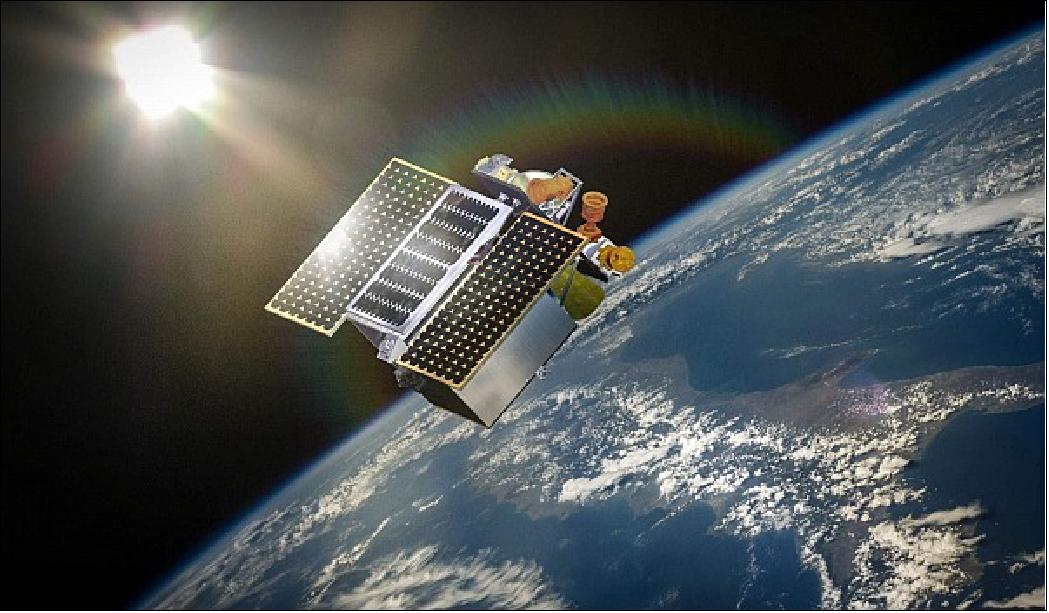
Development Status
• April 2, 2021: The High Speed Serial Link (HSSL) Front-End Equipment (FEE) has been selected by SITAEL (Italy) for the verification of the PLATiNO Mass Memory Unit (MMU) science data input/output. This system is based on our WizardLink Front-End product, that is tailored to SITAELs needs. 4)
- This selection yet again proves that Celestia STS WizardLink FE is the preferred solution by the industry.
• January 6, 2022: Arianespace has been awarded a launch contract by SITAEL, with the Italian Space Agency (ASI) as the final customer, to orbit PLATiNO 1 & 2 satellites on Vega and Vega C launchers. PLATiNO 1 and 2 are Earth observation small satellites operating on Sun-synchronous orbits. PLATiNO 1 will embark a Synthetic Aperture Radar (SAR), operating in the X band, while PLATiNO 2 will carry an optical thermal instrument. 5)
- “We are very proud of this new launch contract, which underlines the capacity of Arianespace’s launch solutions, here with Vega and Vega C, to address institutional needs at the most competitive conditions, even for very demanding missions within the 100-500kg class”, Stéphane Israël, CEO of Arianespace, declared. “This agreement also demonstrates Arianespace’s capability to support the development of new space initiatives embedded by governments and European institutions”.
- PLATiNO is a versatile, multi-mission, high-tech, and all-Italian platform suitable for a wide set of applications that will be equipped with various instruments – both radar and optical – which guarantee optimal resolutions and an on-board computer capable of acquiring and downloading a large number of images.
- The PLATiNO platform has been developed by a temporary consortium established between SITAEL, Leonardo, Thales Alenia Space (a joint venture between Thales -67% and Leonardo -33%) and Airbus Defense and Space; it has been designed to support a wide range of missions in different operational scenarios supporting from Earth observation to telecommunications and scientific missions. This platform ensures a reduction of development and operational costs within a frame of an extremely competitive market, supporting a strategic placement of the Italian industries in a sector where new space systems such as megaconstellations are arising.
• In July 2021, ASI (Italian Space Agency) signed the long-term agreement for the commercialization and industrialization of PLATiNO Programme. 6)
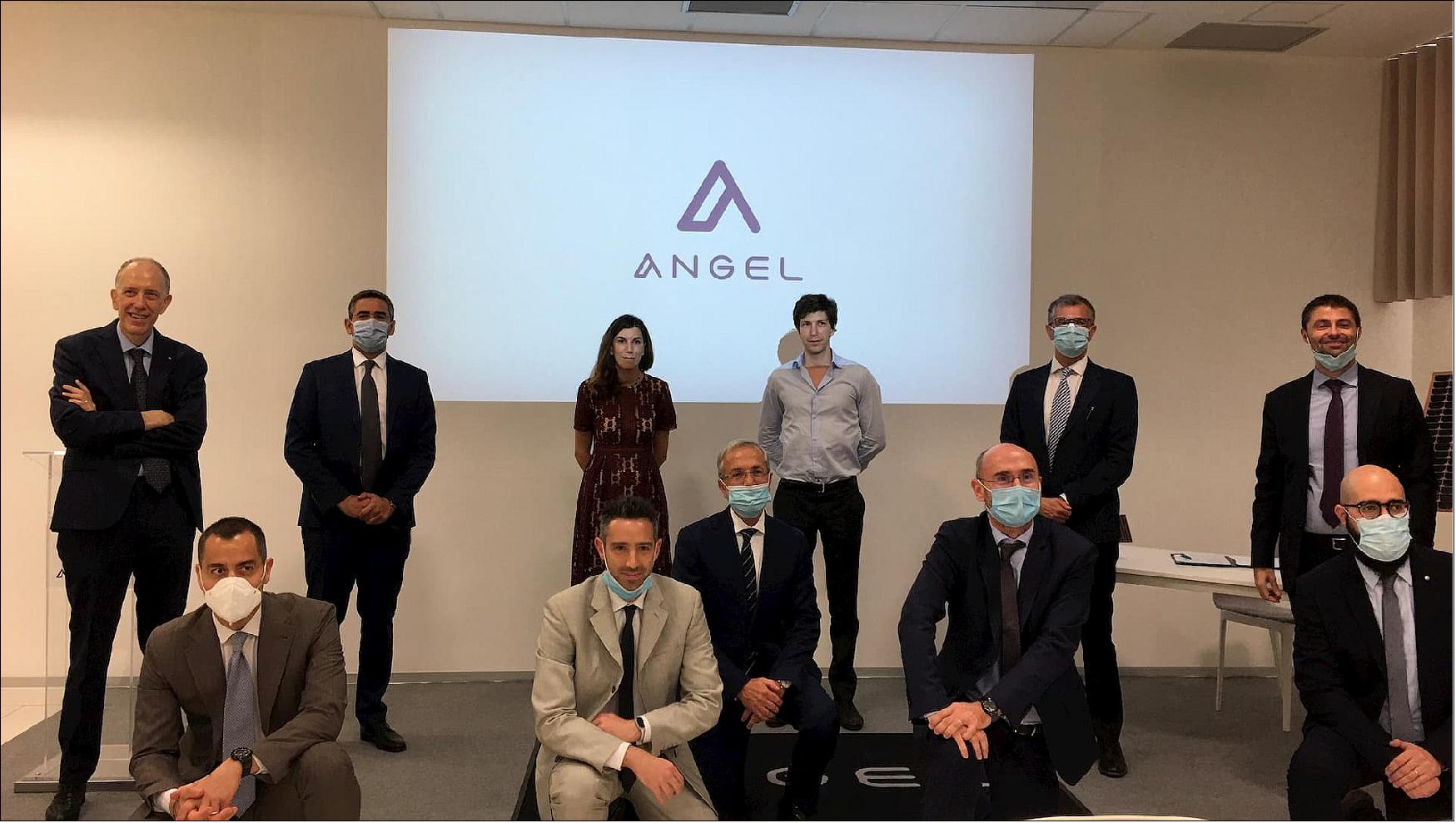
- The agreement represents the answer to the world market’s interest in the innovative ‘high-tech space small satellite platform’, that is the core of the PLATiNO programme; moreover, it prepares the temporary grouping of companies to seize the new emerging business opportunities.. Financed by ASI and the Italian Government with an investment of more than EUR 100 million, PLATiNO programme defines the achievement of the in-flight qualification with two missions (SAR and Thermal Infra Red).
- PLATiNO is the all-electric multi-purpose small satellite platform, deployable in constellation and suitable for a wide range of multi-mission applications (e.g. Optical, SAR, Telecom, etc.). It is perfectly compliant with the Italian VEGA launcher, whose SSMS (Small Spacecraft Mission Service) dispenser will get qualified during the launch scheduled in the next days from the Kourou base in French Guyana.
- Therefore, this agreement , combined with the launch of VEGA, is an additional step forward for the Italian New Space Economy and confirms its strategic importance in the global competition for space activities.
- On this occasion, Hon. Riccardo Fraccaro claimed ’The agreement signed today is extremely important since it is giving birth to an innovative constellation of PLATiNO satellites, completely made in Italy. While we are placing PLATiNO technology at the highest level of innovation on a global scale, we are doing it as a cohesive team involving Industries, Italian Space Agency and Italian Government.’
- President of Italian Space Agency (ASI), Giorgio Saccoccia, announced: ‘It is a personal as well as institutional satisfaction for me to witness today the signing of this PLATiNO long-term agreement programme. I have followed this project since the beginning: PLATiNO is a versatile, multi-mission, high-tech, and all-Italian platform that will enable our industry to offer competitive services in several space applications in the next years.’
- The founder of Angel Group, Vito Pertosa, said: ‘This is another important step that shows how the government attention to Italian-owned industry can guarantee both high technology and employment that grows over time. Considering the tough time in which we are living nowadays, we are proud, with several Italian organizations, to be able to excel in many sectors worldwide’.
- The event was also an opportunity to show the guests the area where the new SITAEL production extension will be built starting form September. The new facility will have a total area of 1,200 m2 and will host the newest Clean Room for the development of latest-generation satellite platforms, such as PLATiNO, with a production capacity of up to 10 satellites per year.
• June 25, 2020: The production of a high-tech mini space platform, designed to perform a wide range of applications and which is perfectly compatible to be launched with the Italian Vega, has achieved an important milestone. The commercial agreement that regulates the PLATiNO Programme was recently signed by Sitael (leading the temporary consortium), Leonardo, Thales Alenia Space Italia and Airbus, in the presence of the Undersecretary to the Presidency of the Council of Ministers, Riccardo Fraccaro, and the President of the Italian Space Agency (ASI) Giorgio Saccoccia. 7)
- With over €100 million investment from ASI and the Italian government, the programme will see the development of two missions for the launch of the PLATiNO satellites. PLATiNO 1 will include the use of a Synthetic Aperture Radar (SAR) operating in the X-band, while PLATiNO 2 will use an observation infrared instrument.
- Not only does PLATiNO represent a new opportunity to demonstrate the advanced skills of the Italian space industry, but it also allows industries to operate in synergy, encouraging greater collaboration with and between small and medium-sized companies in the sector. Furthermore, this programme strengthens Italy’s international leadership in a strategic area such as that of the Space Economy.
- For Leonardo and its joint venture Thales Alenia Space (Thales - Leonardo), PLATiNO represents another important landmark, demonstrating once again the technological skills developed over the years in the main national and international missions such as the COSMO-SkyMed and Copernicus programmes.
- Leonardo and Thales Alenia Space play a key role with responsibility for the satellite and core elements of PLATiNO 1, using state-of-the-art technologies which fully meet the significant challenge that PLATiNO represents for the Italian space system.
- For the platform, Leonardo will supply on-board equipment such as solar panels that will ensure the energy generation necessary for the operation of the small satellite and the star trackers (SpaceStar) for the correct orbit positioning.
- For PLATiNO 2, Leonardo is jointly responsible with SITAEL (prime contractor of this mission), to develop the main Thermal InfraRed (TIR) instrument, an advanced camera that will capture infrared images – temperature maps – of our planet, monitoring its health and climate changes.
- In the clean rooms of Thales Alenia Space, the platform avionics and communication subsystems are in production, as well as the innovative SAR instrument for the PLATiNO 1 mission. This X-band radar instrument will ensure accurate and continuous monitoring of our planet, 24 hours a day, regardless of weather conditions.
References
1) ”Platino,” SITAEL, URL: https://www.sitael.com/space/small-satellites/systems/minisat-platino/
2) ”SITAEL;” URL: https://sasic.sa.gov.au/wp-content/uploads/2020/10/andrea-cafagna-4th-SASF.pdf
3) ”Main Involvements on Earth Observation Programmes,” SITAEL, December 2021, URL: https://www.sitael.com/space/references-and-customers/earth-observation/
4) ”High Speed Serial Link (HSSL) has been selected for PLATiNO programme,” Celestia-STS, 2 April 2021, URL: https://celestia-sts.com/2021/
high-speed-serial-link-hssl-has-been-selected-for-platino-programme/
5) ”Arianespace to launch PLATiNO 1 & 2 on Vega and Vega C,” Arianespace Press Release, 6 January 2022, URL: https://www.arianespace.com/press-release/
arianespace-to-launch-platino-1-2-on-vega-and-vega-c/
6) ”PLATiNO Programme: signed the long term agreement,” ASI, 19 July 2021, URL: https://www.asi.it/en/2020/06/platino-programme-signed-the-long-term-agreement/
7) ”An all-Italian high-tech space platform,” Leonardo News, 25 June 2020, URL: https://www.leonardocompany.com/en/news-and-stories-detail
/-/detail/an-all-italian-high-tech-space-platform